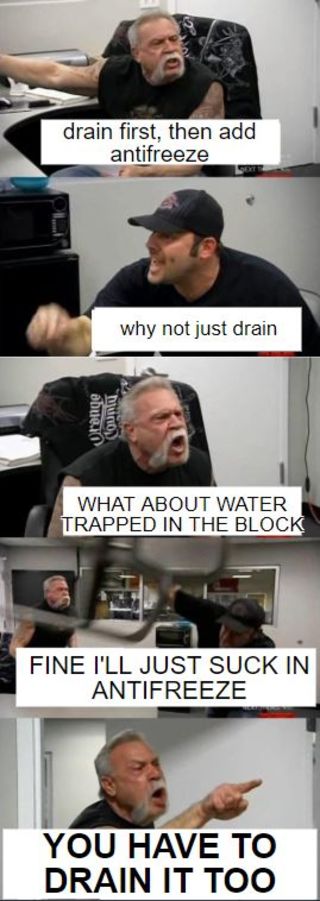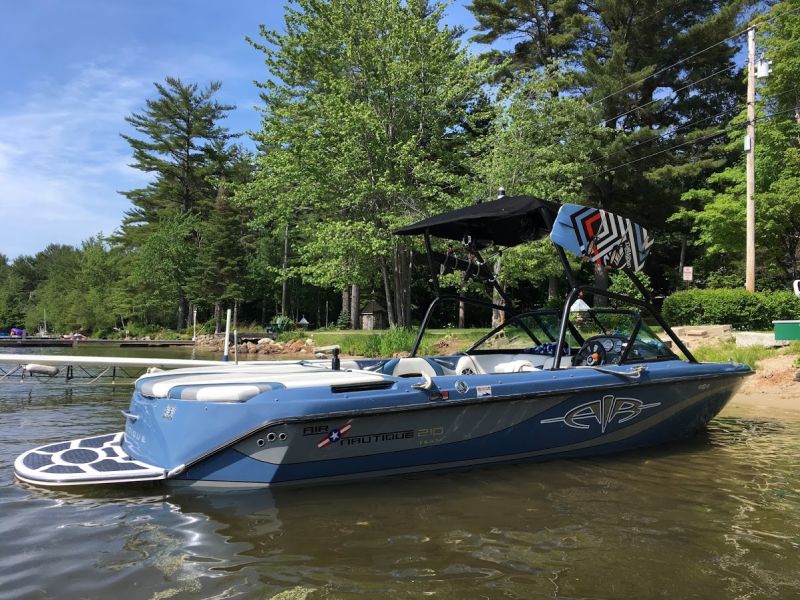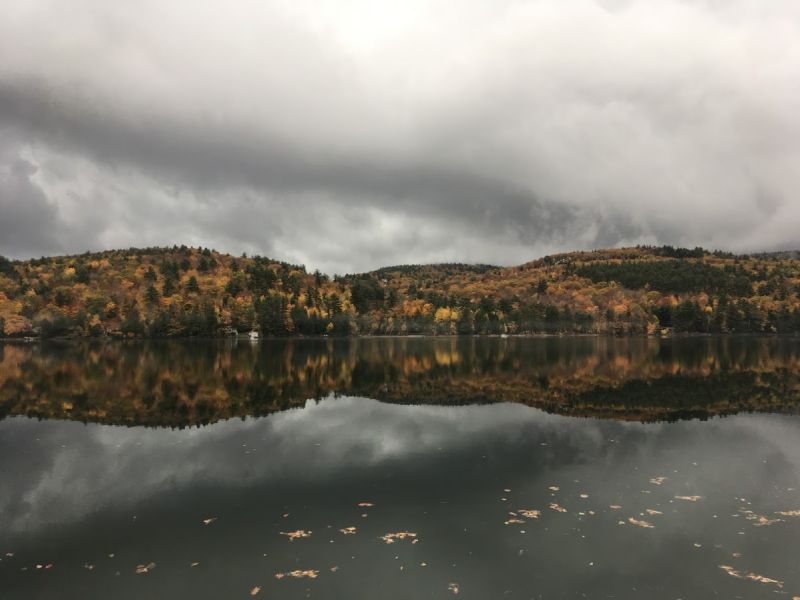It’s a tradition as old as “What oil should I use” or “What tires are the best” threads on any automotive forum. As the leaves start to change, and the temperatures drop, those of us in climates cool enough to warrant winterizing our boats will see a spike in people asking how to do it properly, which, on The Forums, provokes the following, more or less:

There’s no single right way to winterize a boat, for one, because there’s so much variation in cooling systems and other systems that demand attention before prolonged storage. But even among owners of identical boats, there remains debate about not only the extent of the procedures necessary, but the methods for even the most essential steps, namely, draining the cooling system of the engine.
I’m talking here about inboards, or inboard/outboards where “fresh” water is pulled in to cool the engine, then dumped out the exhaust. With the engine off, quite a bit still remains in the cooling passages of the block and other areas, and needs to be drained.
Basically there are three camps:
1. drain everything by pulling the appropriate plugs and hoses, done.
2. run the engine while sucking in non-toxic antifreeze into the water intake until you’re satisfied that all the water has been displaced with a/f
2a. do #2 but also drain everything after the a/f is distributed
3. drain it all, replace plugs / hoses then dump in a/f somewhere to displace/dilute any possible leftover water, or run engine it to suck in a/f like in #2.
Those are the three* basic camps, with really only #2 being questionable because what if there are areas where the water wasn’t fully displaced and the a/f mixture isn’t strong enough to prevent freezing. But if you run it long enough, OR if you get it up to temperature (t-stat open) before running a/f through the system, then it’s probably fine, if a bit wasteful as it takes far more a/f.
[*2a solves the problem raised by opponents of #2 on its own.]
#1 is the way things were done in the old days forever, because all you really need to do is get water out. But on a v-drive boat like mine, there are lots of hoses in the cooling system that could trap some water and cause trouble, so really, it’s best to both drain the water out AND replace it with non-toxic a/f in some manner. I also have a heater that has probably 25 FEET of 5/8 heater hose that needs to be drained, and the heater core is highly sensitive to freezing and thus displacing any possible remaining water with a/f is arguably mandatory.

Pretty straightforward, right?

The diagram above leaves out a lot, like the intake, strainer (to keep debris out of the system), the extra hoses required to actually make it to the v-drive and back (it’s on the opposite side of the engine from where it’s been added above), and of course the optional heater that I also have.
Whether you run it on a/f then drain, or the other way around, it’s not really important. Personally I fall into the third camp of draining first then running it on a/f, so there’s as little water as possible in the system when you start introducing the a/f.
Then there are countless other things to do - my checklist is pretty long - but none spark quite so much discussion as the “proper” way to winterize the cooling system and its accessories.
Happy Fall, Everyone!

